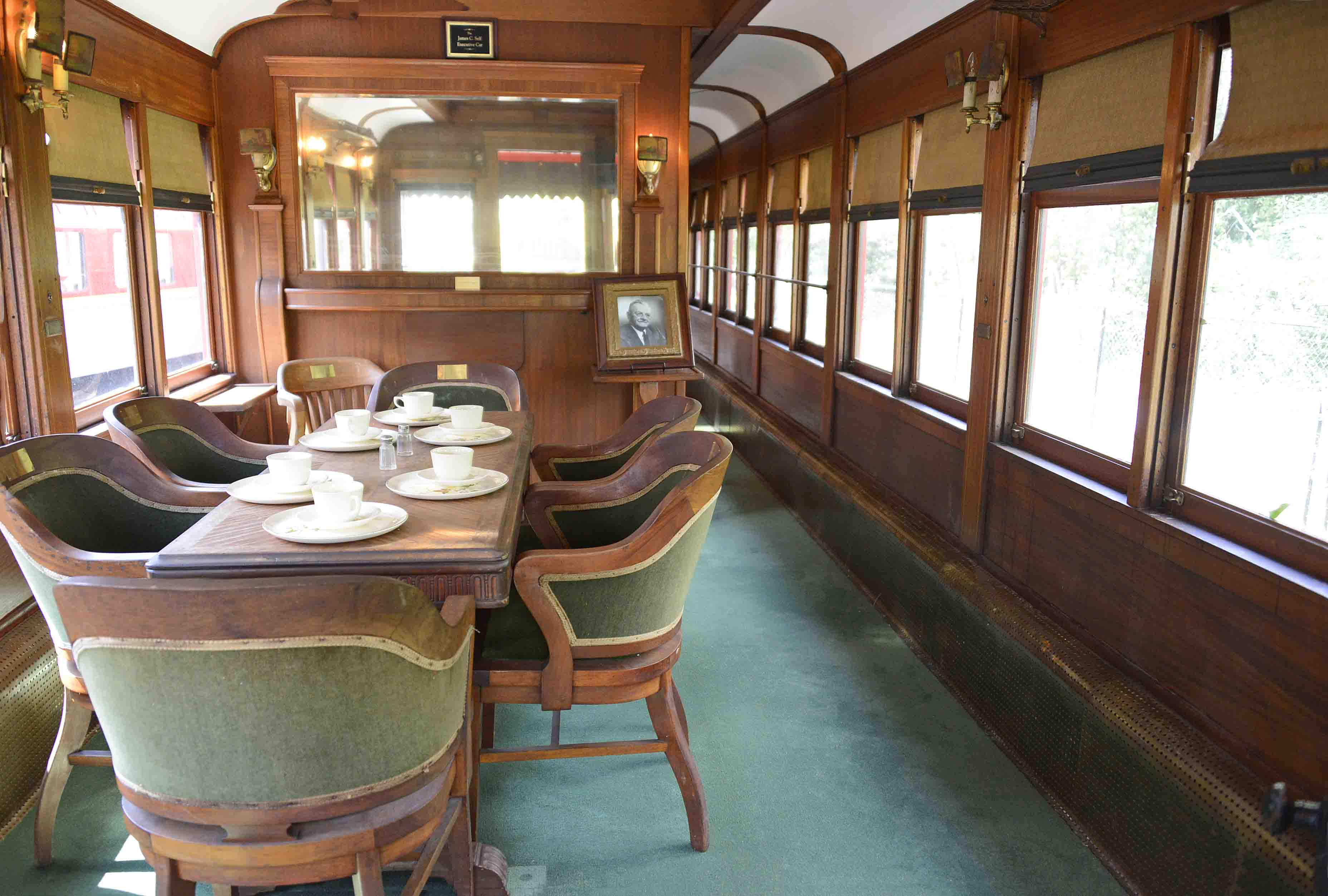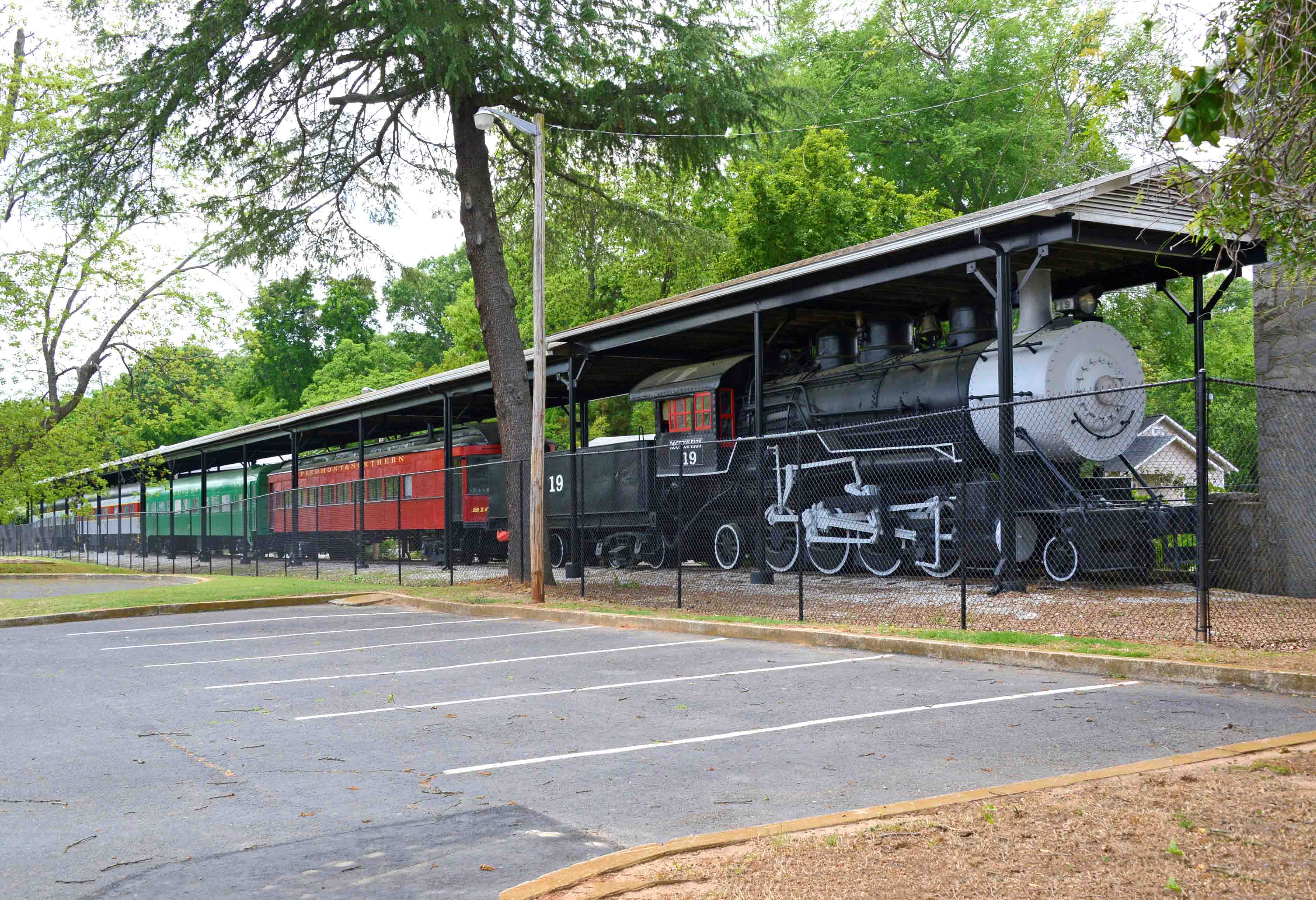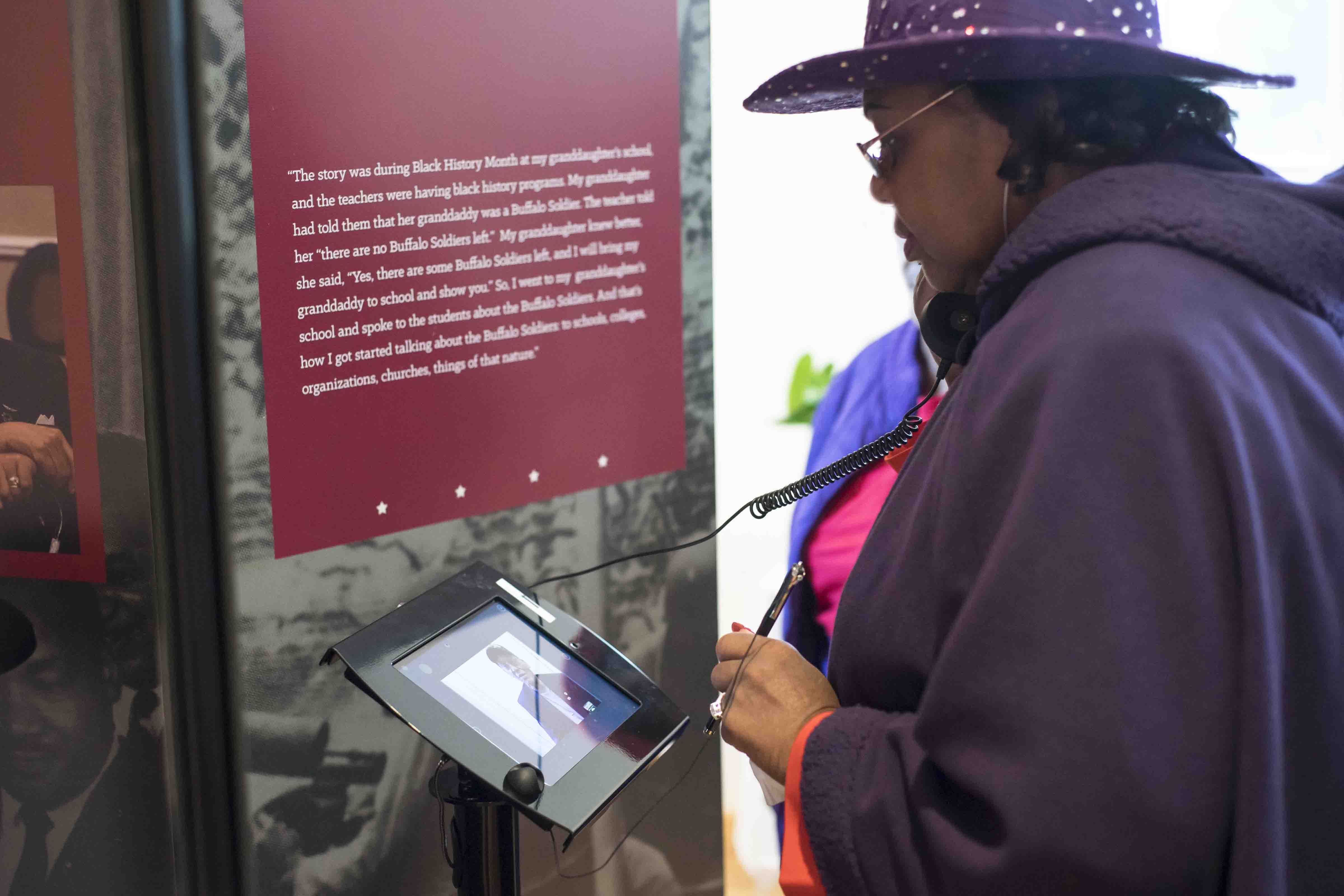Every town has a story to tell.
And whether that story is one of history, science, agriculture, transportation or any other topic, there may be no better way to tell it — to both residents and tourists — than with a local museum.


The "Carolina" executive car and other trains are part of the Greenwood Historic
Railroad Center collection. The restoration budget is a public-private partnership that
includes grants from the S.C. National Heritage Corridor, City of Greenwood
and private contributions. Photos: City of Greenwood.
Scores of museums dot South Carolina's cities and towns, with exhibits that preserve, honor and explain local history and culture. Museums provide everything from a source of hometown pride for a community to an event venue that can provide an economic boost to a downtown. These museums can improve quality of life and support the long-term goals of cities, while local governments, in many instances, play a role in helping start, staff or fund the museums.
A 'must stop'
One such museum is the Greenwood Museum and its nonprofit subsidiary, the Railroad Historical Center. The museum features three floors with 20,000 square feet of hands-on exhibits.
Permanent displays include a 1900s replica of Main Street with interactive exhibits such as a cinema, general store, blacksmith shop, classrooms and railroad depot. It also displays gems, rocks and minerals and native wildlife, along with annual summer exhibits.
"The museum plays a critical role in Greenwood's history preservation and telling Greenwood's story," said City Manager Charlie Barrineau. "Economic development is critical. Both museums were 'must stops' for the August 21 solar eclipse."
The Greenwood Museum, like many in towns around the state, started out small.
Opening in 1970 with one room in the old armory, it eventually took over the entire building. In 1982, it moved to its own location on Main Street. In 2007, the museum closed for renovations that were paid for with nearly $600,000 from the city's hospitality tax and a $396,000 federal grant.
The city has no day-to-day role in the museum's staffing, but it does provide operations support, Barrineau said. Greenwood County owns the building and covers the monthly utility costs, while the City of Greenwood's hospitality tax funds help pay for the museum — including making sure the museum can provide free admission. The city also provides annual operations and maintenance support, budgeted at $66,667 in 2017. The museum must provide copies of its expenditures to receive reimbursements from hospitality tax funds.
Nearby, the railroad center is home to a locomotive and a collection of restored train cars. It is committed to collecting, preserving and interpreting the railroad history of Greenwood and the surrounding communities.
The city has leveraged hospitality tax dollars to receive three grants for the railroad museum, totaling $250,000 from the South Carolina National Heritage Corridor. Greenwood also provides operations and maintenance support, with about $35,511 spent through August of this year. The railroad center has plans for a new replica depot, modeled after the old Greenwood Main Street Union Station, to sit next to the seven historic rail cars.
Both the museum and the railroad center are rented for events.
'We have a wonderful story to tell'
In the City of Seneca, the idea for a museum celebrating African-American history was born after City Administrator Greg Dietterick learned about the often untold story of Oconee County's black history, including the story of Seneca Junior College, an African-American school from 1899 to 1939.

Visitors tour the Bertha Lee Strickland Cultural Museum, which
preserves African-American history. Photo: City of Seneca.
"He was fascinated by that. He felt that if this small black community in Oconee County could achieve that, there must be a lot more to tell," said Shelby Henderson, the manager of the Bertha Lee Strickland Cultural Museum.
The city eventually purchased land for the museum, established a preservation group and hired Henderson to coordinate the Strickland project.
"The city didn't have specific plans; they just knew they wanted to preserve the black community's history. They left it in my hands. I asked for permission to have a board of directors and the council approved that. It's an amazing board of directors — all volunteers, all grassroots," Henderson said.
The museum shares a backyard with the city's Lunney House Museum, and bears the name of the late Bertha Lee Strickland, a Seneca resident who worked for the Lunney family for 47 years, starting as a laundress at about the age of 13.
"We have a wonderful story to tell. Strickland is giving us a voice that will live well beyond any of us. And generations to come will have that piece of the town's history," Henderson said. "For a small museum to be owned by a city that embraces it the way Seneca does is rare."
The museum is guided by the board of directors which city council appointed. The city fully funds the museum through its annual city budget and hospitality tax funds. Money from the hospitality tax was used to construct the building and supports free public museum events and programming. The city's annual budget includes items for operational expenses and staff professional development.
Henderson said the museum is committed to improving education, preservation and quality of life. But it also plays an economic development role for the city and the county.
How to draw people in
"No city in this country enjoys economic development without diversity. It's one of the things that draws people in," Henderson said. "To educate everyone about black culture and black history is to show the value and the worth. Once you understand people, you accept more."
In the Town of Williston, the town owns the former school building that houses both the museum and the library. The museum uses the building at no cost, and the town pays for maintenance and utilities for both the museum and the library, said Kenny Cook, Williston's town administrator. The museum is run by a volunteer board. And while the town doesn't get directly involved with the day-to-day operations, it does assist with long-term plans.
"The museum is a source of pride for the community and is impressive for such a small town. It has very limited normal operation hours due to lack of funding and full-time employees. However, people can schedule it for private viewing and parties and often do," Cook said. "The board also tries to have an annual event to showcase the museum. They have done this each of the last two years, and it has been quite successful."
One of those volunteers, Julia Ravenscroft, said the museum is home to everything from collections of photographs of military veterans to a replica of a country store to old farming tools, a nod to Williston's history as one of the world's largest growers of asparagus.
"The people in this town are proud of their town, and they like to see things displayed. There's a great admiration for it," she said. "I think every town, if they can afford it, should have a museum."
